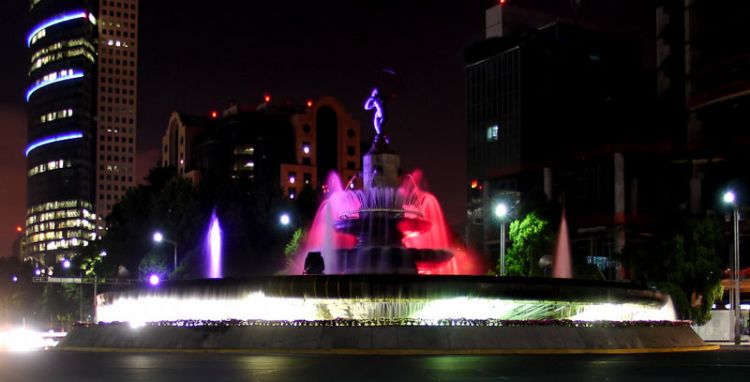
Tortillas are, without a doubt, the crucial element of Me...

Remains from ancient civilizations dating as far back as 22,000 years old have been found in the borders between the states of Guerrero and Morelos. During the VIII century B.C. sedentary tribes began to settle on the edges of local rivers and lagoons. In Puerto Marquez, close to the present-day city of Acapulco, human remains from pre-Hispanic groups that lived in the area some 5,000 years ago have been found.
In the margins of the Balsas river, the Mexcala culture occupied the territories that now constitute the state of Guerrero. Paintings found in some caves in Juxtlahuaca and dated some 2,500 years old, are considered by scientists to be the oldest ever found in the American continent.
The origins of this culture is rather disputed since some argue they descended from the Olmeca culture while others tend to believe this Mesoamerican culture merely influenced the Mexcalas. In any case, what seems to be clear is the strong influence the Olmecas had over the Mezcales in terms of cosmology, social configuration and physical infrastructure.
The flourishing and constant mobility of other Mesoamerican cultures resulted in a cultural mosaic of great diversity in the state of Guerrero. By the XV century, just before the arrival of the European invaders, the state was home to the purepechas, mazatlecos, chontales, mixtecos, tlapanecos, cuitelcas, tepoztecos, pantecas, yopis and chubias, among many others who lived in harmony in some cases and in constant battle in others.
By the year 1414, the army of the Mexicas had arrived as they expanded the power and domination of Tenochtitlan into southern territories. Little by little, not without fiercely resisting first, most of the tribes and groups that resided in the area
were submitted and controlled.
Upon the arrival of the Spaniards, only the south of the state remained free of the Mexicas rule, and , in the year 1519, after sending an initial group of explorers to Chihuastlan, Hernan Cortes send a fully fledged expedition to the Tlaxco region in search of metals adequate for smelting processes. As the conquistadors inspired fear since they had been able to defeat the Mexicas which have yielded to the Spanish superior military power, the remaining independent towns and groups dispersed across the region were easily submitted and the colonizers eventually took control of every
indigenous community within a few years.
The evangelization mission was carried out by the Franciscan and Augustinian orders, which divided their activities into geographic zones. Even so, the labor exploitation and physical abuse the natives were subject to, in addition to the lack of defenses and immunity against European diseases, resulted in a considerable reduction in the indigenous population, which in turn forced the Spanish to send black slaves to the Encomiendas or administrative units that required intensive labor.
Social injustice present throughout Nueva España prepared the scenery so that in the year 1810 the inciting for independence made by priest Miguel Hidalgo had an immediate response from the citizens of Guerrero, be them native, of mixed race or even those generations descending from Spanish but born in Mexico, known as criollos.
In view of the strategic importance of the port of Acapulco, those leading the independence cause sent Jose Maria Morelos to fight for its recovery in 1811, who actually could not accomplish the task but nevertheless took hold of Chilapa in the province of Tecpan and established an autonomous territorial jurisdiction in the area liberated by the rebel army.
Following the death of Morelos, insurgent leader Vicente Guerrero, natural of the state, took the reins of the fight in the southern area of the entity, and eventually brought the independence war to an end in the region as he proclaimed the Iguala plan and flew, for the first time, the green, white and red flag with an eagle in the center, symbol of Mexican freedom.
The creation of the new independent and sovereign state of Guerrero is officially declared in the year 1849, during the presidency of Jose Joaquin de Herrera, thanks in part to the intervention of local leaders Nicolas Bravo and Juan Alvarez. The new state was conformed by Acapulco, Chilapa, Tlaxco, Tlalpa and Cocuya.
During the Mexican Revolution, natives and those of mixed race residing in Guerrero fought for their ideals and convictions under the command of the Zapatistas or the Maderistas.

Tortillas are, without a doubt, the crucial element of Me...
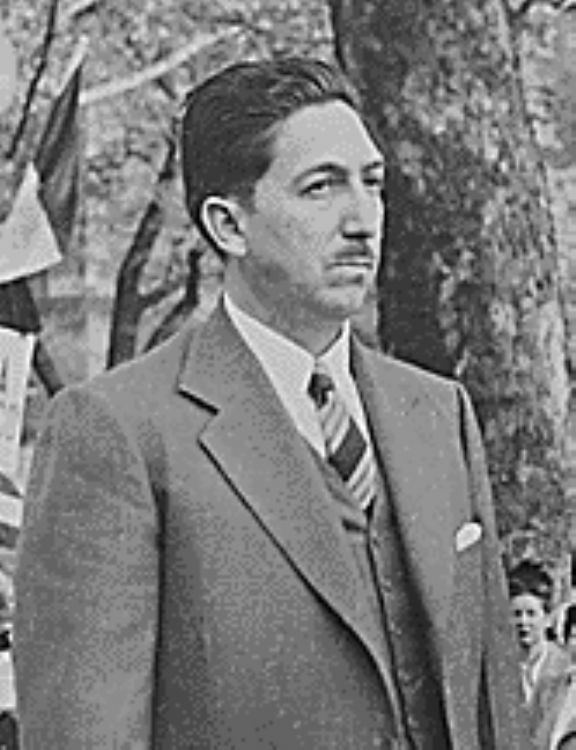
The three most representative economic models in Mexicoâ...

The Manila Galleon or China Nao was the first route to sa...

Started under the name of Real y Pontificia Universidad d...
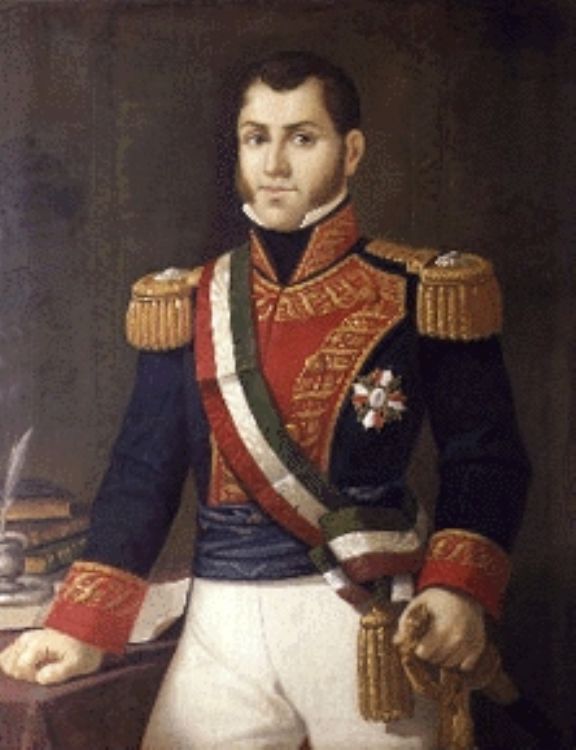
After Mexicoâs Independence, the country was in a const...
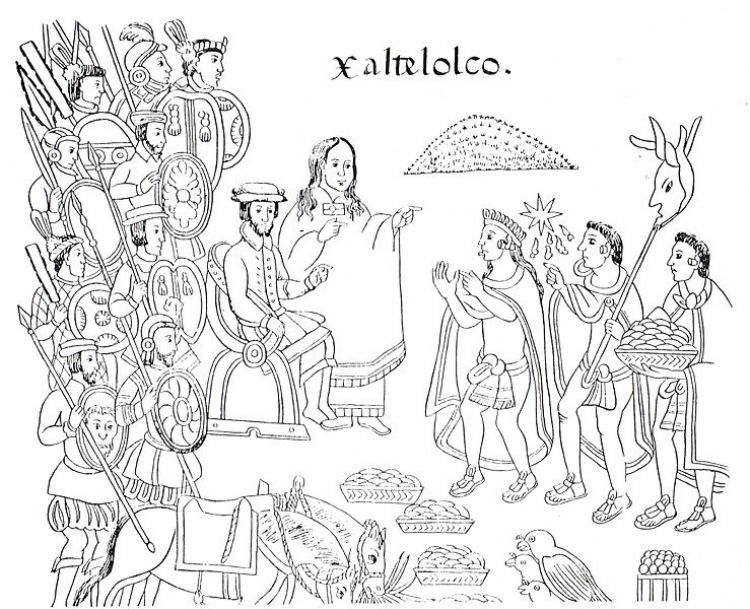
Upon the arrival of the Spaniards, people like the Tlaxca...
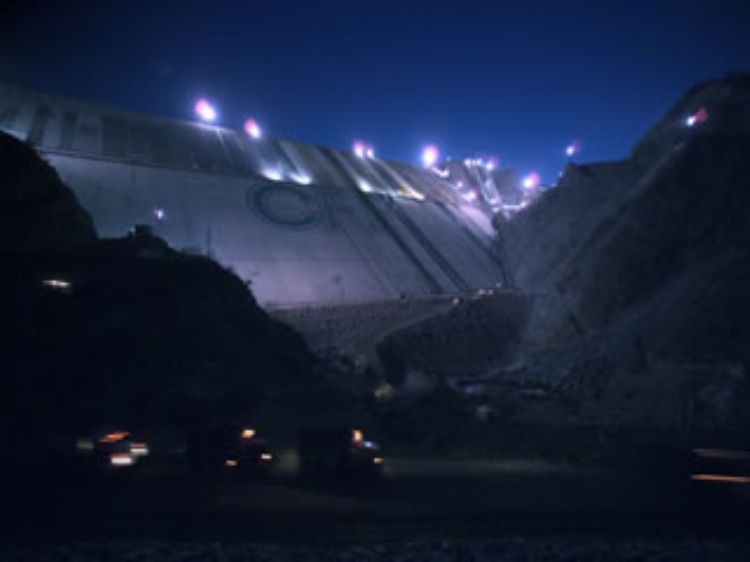
Traditionally, the Comisión Federal de electricida...

Lately, this seems to be the hot topic no matter the soci...

Since we are located in a great seismic zone of the world...
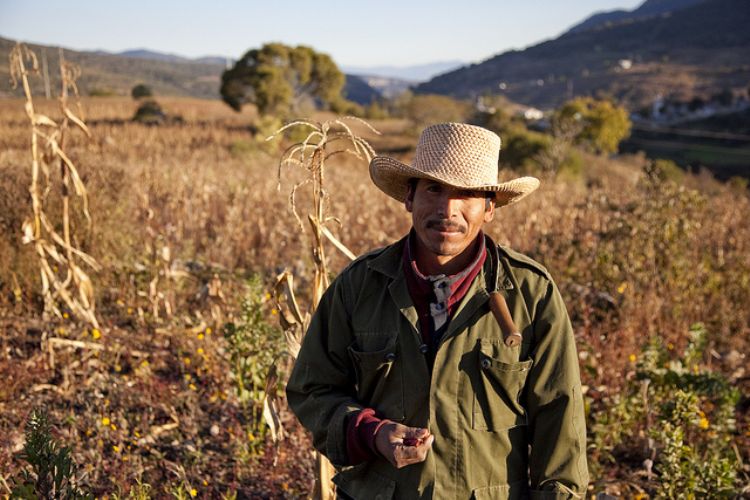
Even though agriculture in Mexico occupies a minor role i...

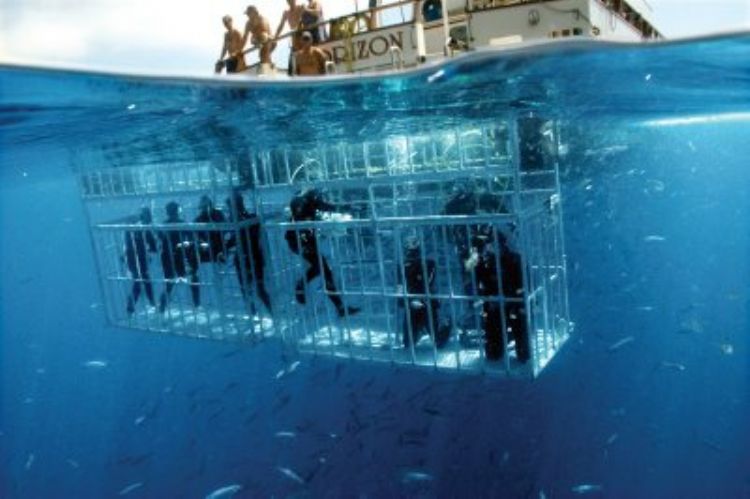
This island, born from volcanic activity, with a vast are...
